(Video) NYC ER Doctor’s Advice
My interaction with Facebook posts and online chats, with doctors overseas, NYC, Boston, and LA, shows that we are learning more and more about COVID-19. And that this information needs to be known. I’m sharing this updated information on a daily basis with my patients and online followers.
I believe its just a matter of time, sooner that some think, that we find the right amount of preventative measures and medical protocols that will allow us to return back to normal.
A friend of mine sent me this video. I don’t know Dr. Price but his experience and advice is similar to what my doctor friends on the front lines from overseas and other hot spots, are sharing with me.
Here is what we are learning from experts in the field and those on the front lines:
Eighty percent of those who have the virus, won’t feel well, but other wise won’t have a lot of symptoms.
For 20% who get infected, it can be a brutal several days of severe fatigue, muscle and joint pain, abdominal pain, vomiting, headaches, difficulty breathing, night sweats, and hallucinations are just some of the symptoms.
Many of these folks will require a trip to the ER and some will need to be admitted to the hospital. The sickest of sick, 1-3% will require a ventilator, and hospitalization up to 10 days in the intensive care unit.
Fever, fatigue, cough and shortness of breath are the most common symptoms.
But the virus affects the entire body. The disease typically lasts between 5-14 days. People who develop shortness of breath usually do so around day 3-5.
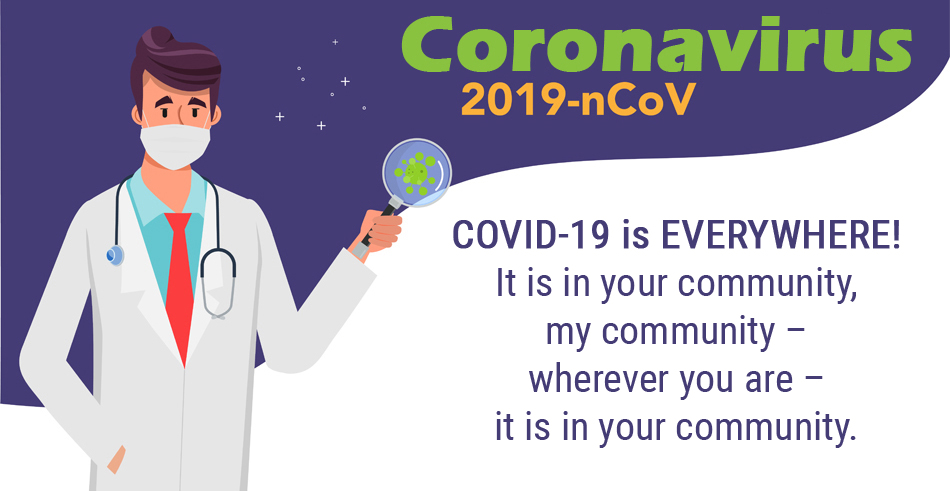
How The Virus Spreads
The spread of the virus is mostly from your hands to your face (eyes, nose, mouth). In order for an aerosolized infection to occur, they believe you need to be in sustained contact in infected air (confined space) for 15-30 minutes. This means CLOSE contact with someone who is infected with the virus-touching someone, or spending 15 minutes or more in conversation with someone in close proximity (a few feet away).
This is why CDC is now recommending covering your face. This is mainly to keep you from touching your face and spreading the virus.
If not wearing a mask (and I encourage my patients to do so!) and out in public, don’t touch your face, eyes, nose, or mouth. Wash your hands repeatedly when you are outside the house!
The vast amount of transmission is via family and close friends – not through casual contacts.
Please keep in mind that those who are infected are most contagious in the first few days they have the virus. And that most carriers won’t have any symptoms to alert you or them that they are in fact contagious! The BEST advice is if you can stay home!
Unless an infected person coughs, sneezes or touches you, you won’t catch the virus. Passing someone in the store, or walking by on the street won’t cause you to get the virus. Yes if needed you can go out if you take preventative measures. However, once again I’m advising my patients not to go out if at all possible. The next few weeks will most likely be the apex for most cities and states.
Stay calm but aware!
Carry hand sanitizer with you and wash your hands repeatedly after touching any surface. Wash your hands after putting up your groceries, touching the gas pump, using a shopping cart, etc.
After you touch something, you clean your hands. Always know where your hands are. Washing your hands will most likely prevent 99% of the spread of the virus.
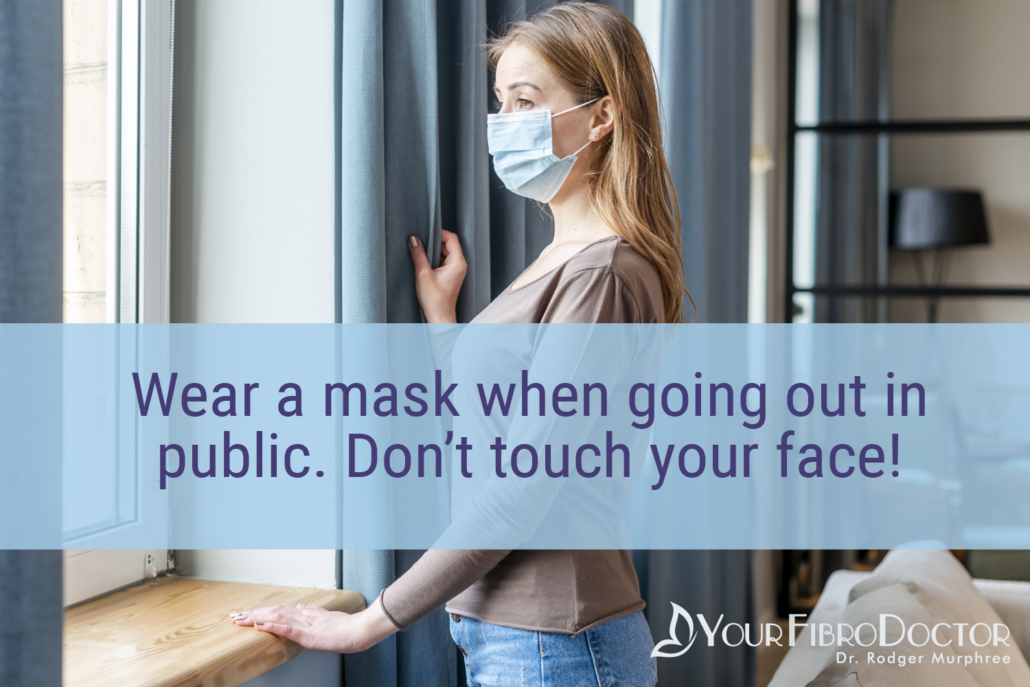
What You Should Know If You Get Sick
If you get sick (and the overwhelming majority of you will not) you’ll most likely have a fever, body aches, cough, and fatigue. These symptoms generally last a week or more. Isolate yourself from your family. (Avoid sustained contact…) Have the sick person in a separate room. If you have to be in contact with them – wash your hands, put on a mask, wash everything you touch.
Do not use NSAIDs like Ibuprofen. These over the counter medicines can make the virus worse. Instead use Tylenol or acetaminophen.
If you become short of breath and feel like it is getting worse, go to the hospital.
Otherwise, STAY HOME! You don’t won’t to get exposed to more infected folks.
About 10% people with COVID-19 get short of breath and need to go to the hospital (10% of all infected). Of those who need to be in a hospital, 1-3% end up on a ventilator. The overwhelming majority come off the ventilator 7-10 days later.
With exception of ages 0-14, anyone, including teenagers and young adults, do get the virus! And they too, if in the 1-3% are being put on ventilators as well.
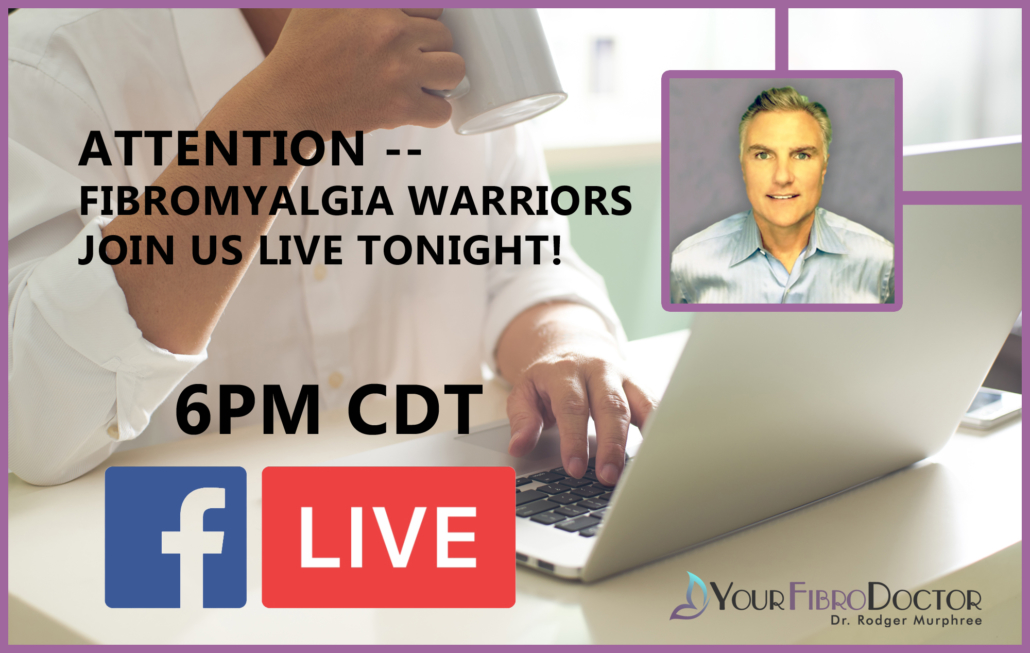
Join Me Each Wednesday Night 6pm CDT for FREE Fibromyalgia Live Q&A and Each Tuesday at noon CDT for Protocols on how to Jump Start Your Health With The Murphree Method
Immune Boosting Supplements I’m Recommending To My Patients Are On Sale
PICTURE OF VITAMIN C
There is NO better time than now to start to get healthier! The 26.2 mile marathon starts with the first step. Take action now.
If you have fibromyalgia you can either “learn to live with it.” Or you can learn how to overcome it. After specializing in fibromyalgia for almost two decades I’ve learned that getting healthy is the only way that works. You can’t drug your way out of fibromyalgia. Life is too short to be in chronic pain day after day.
Join me each Tuesday noon CDT and learn how my patients and customers around the world are using The Murphree Method and the Jump Start Protocols to treat and correct the underlying causes of their fibromyalgia symptoms.
Have you watched these videos? If not I recommend you do so.
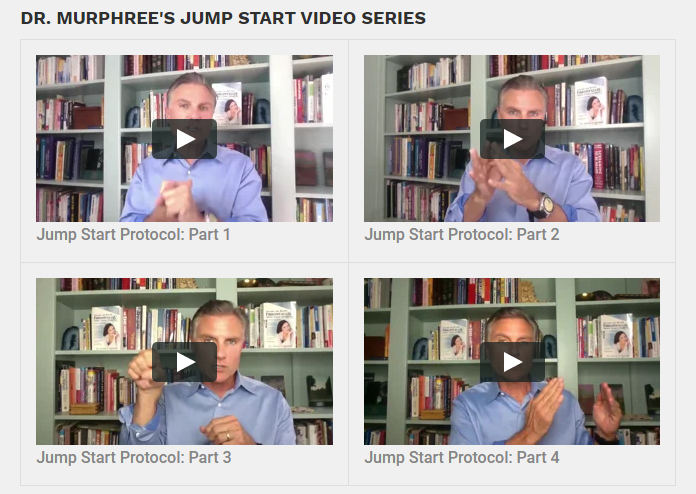

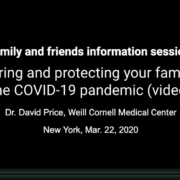
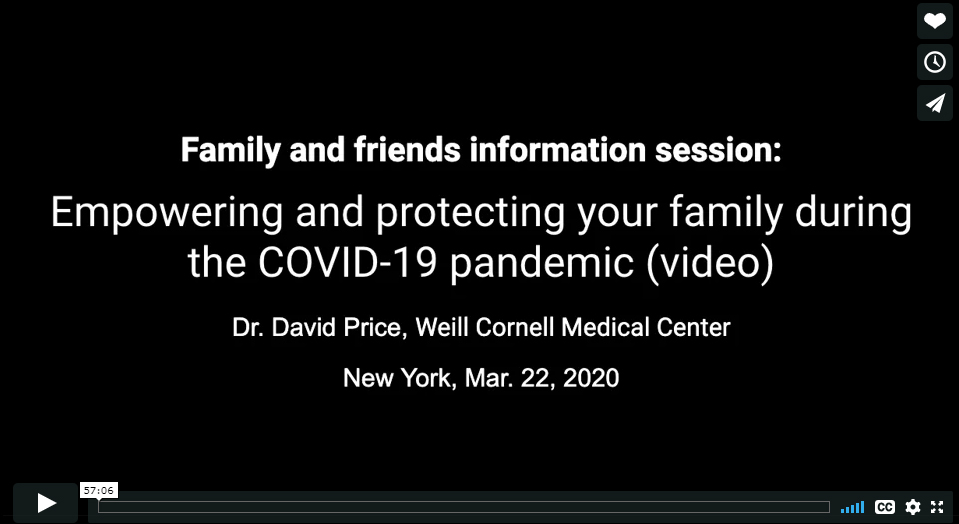
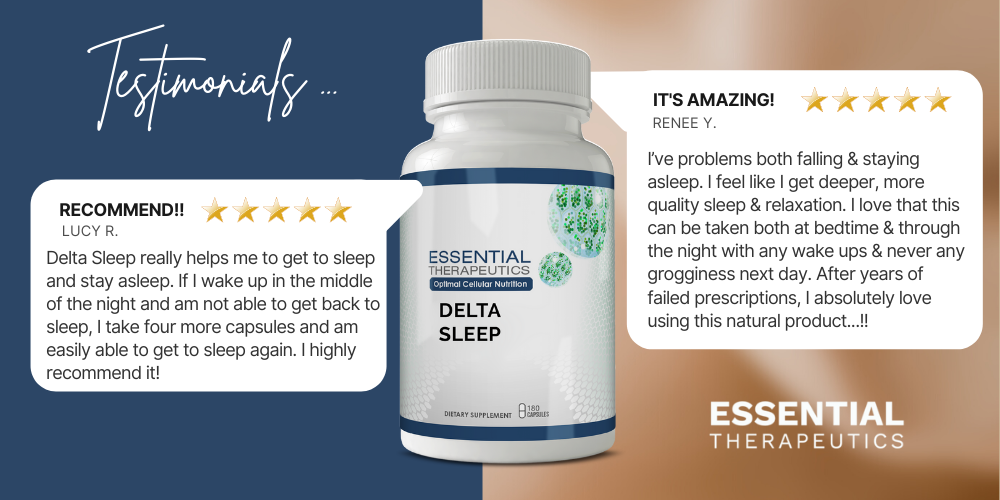


Leave a Reply
Want to join the discussion?Feel free to contribute!